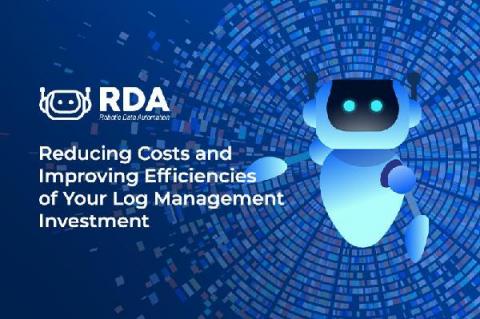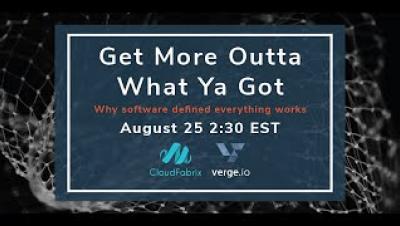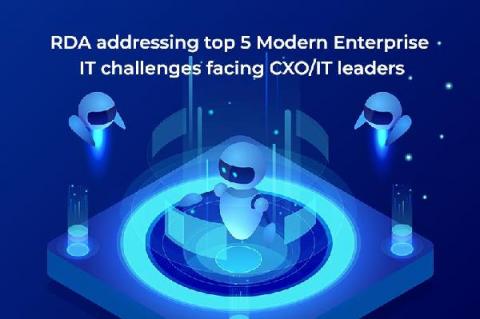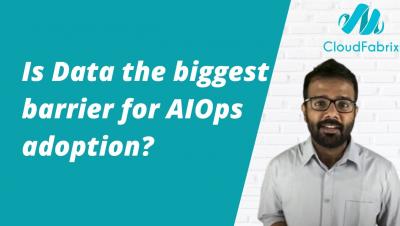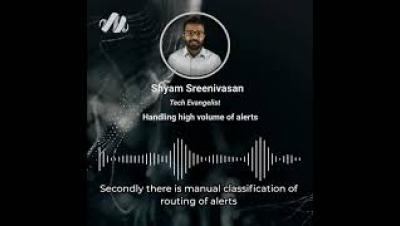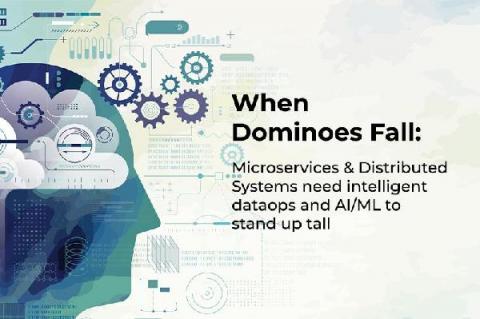Robotic Data Automation (RDA): Reducing Costs and Improving Efficiencies of Your Log Management Investment
People’s involvement has been inevitable with log management despite advancements in ITOps. Log management at a high level collects and indexes all your application and system log files so that you can search through them quickly. It also lets you define rules based on log patterns so that you can get alerts when an anomaly occurs. Log management analytics solution leveraging RDA has been able to detect anomalies and aid predictive models over a machine learning layer.


